Scientists previously discovered a specific type of water mass called “Equatorial waters” in the Pacific and Indian Oceans. Given the similarities in the Atlantic Ocean, they wondered if a similar water mass might exist there. In the fall of 2023, they discovered a large water blob in the Atlantic, which they named “Atlantic Equatorial Water.” Their detailed study was published in Geophysical Research Letters in a paper titled “Is There an Equatorial Water Mass in the Atlantic Ocean?”
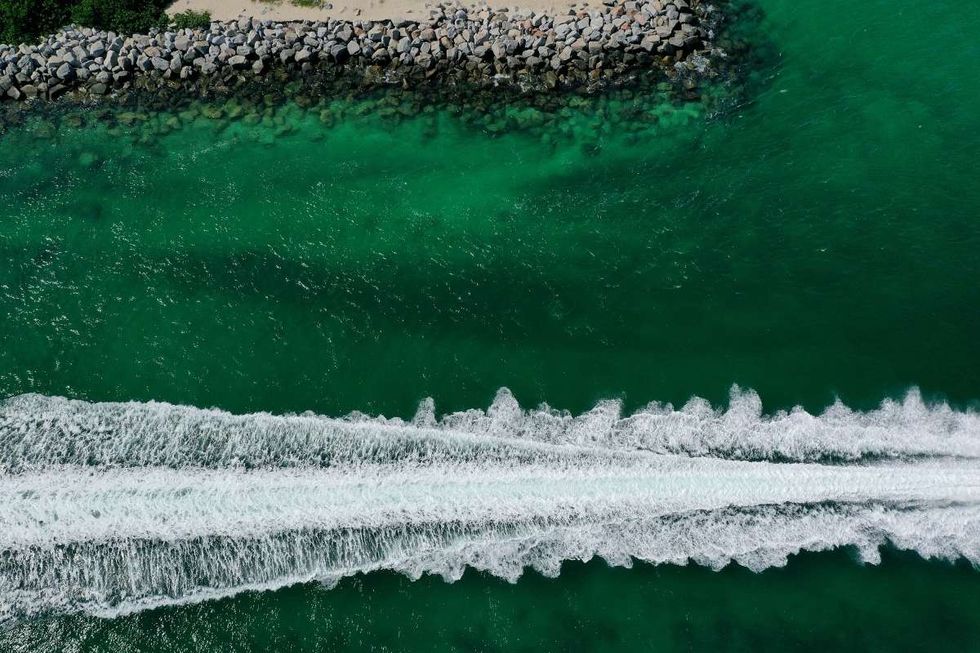
According to the research paper, a “water mass” is defined as a body of water that originates in a particular region of the ocean and whose physical properties differ from that of the surrounding water. These properties include temperature, salinity, isotopic ratios, oxygen, silicate, nitrate, phosphate, etc. The study of these properties can offer insights into the oceanic circulation, mixing, and biochemical processes.
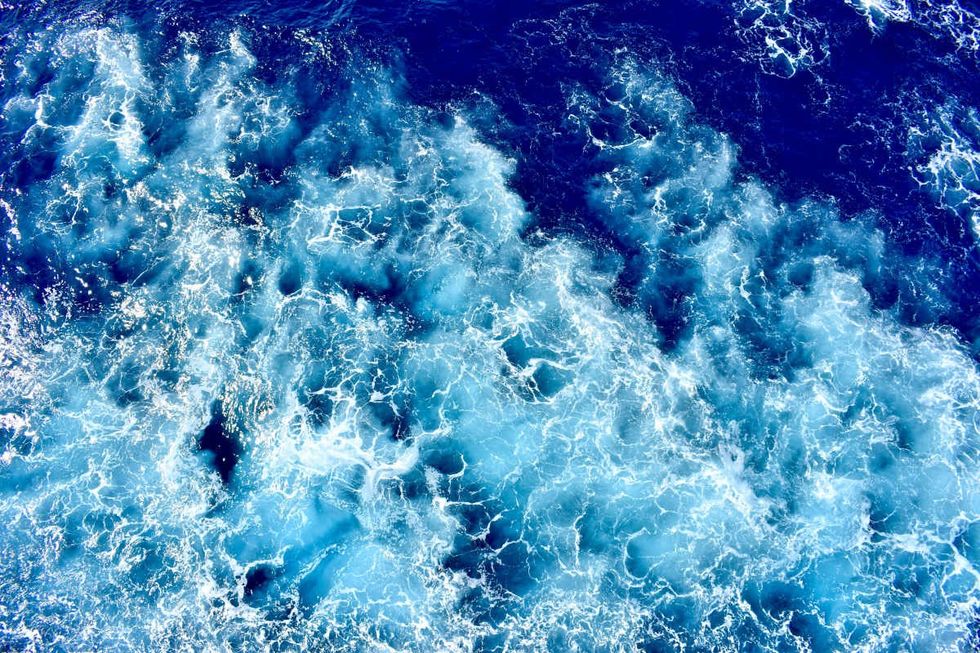
One permutation of these properties results in the formation of water masses called “Equatorial waters.” Equatorial waters are water masses of the permanent oceanic thermocline. NOAA defines a “thermocline” as the transition layer between warmer mixed water at the ocean's surface and cooler deep water below.
“It is generally accepted that, unlike the Pacific and Indian Oceans where the Equatorial Water is present, there is no Equatorial Water in the Atlantic Ocean and its place is occupied by the South Atlantic Central Water (SACW),” the researchers from The Shirshov Institute of Oceanology wrote in the study. However, they added, that a detailed study showed that the Atlantic Equatorial Water can be considered as a separate water mass which is probably formed by isopycnal mixing of SACW and the North Atlantic Central Water (NACW) in proportion approx. 3.5:1.
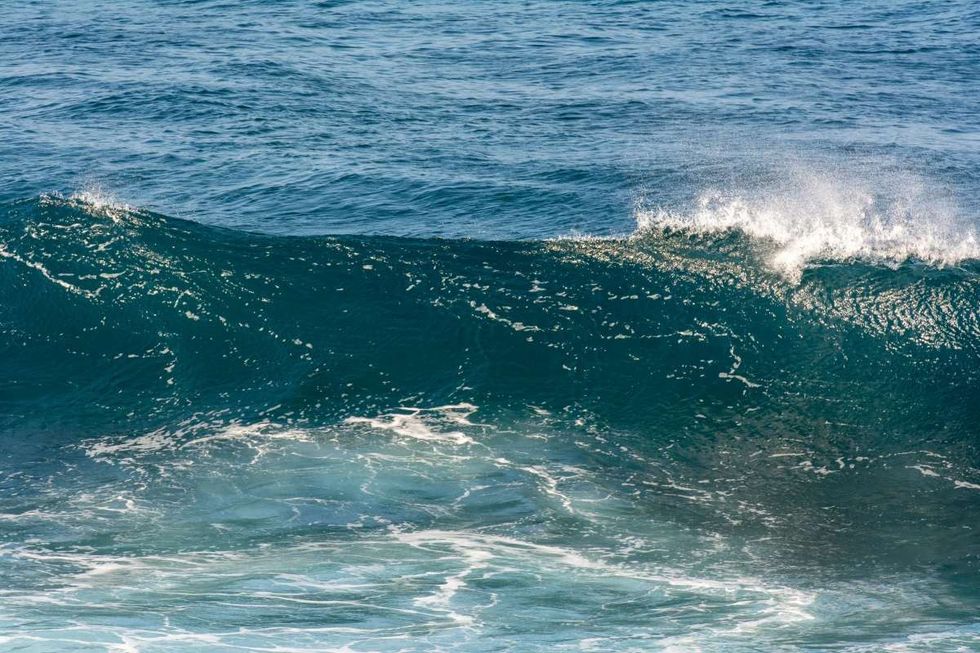
The aquatic mass that the researchers unveiled in the middle of the Atlantic Ocean stretches from the tip of Brazil to the Gulf of Guinea. "It seemed controversial that the equatorial water mass is present in the Pacific and Indian oceans but missing in the Atlantic Ocean because the equatorial circulation and mixing in all three oceans have common features," research’s lead author Viktor Zhurbas told Live Science.

For the study, the team utilized data input from the Argo program. “In 1998 the Argo program was launched, which collects information from inside the ocean using a fleet of robotic instruments that drift with the ocean currents and move up and down between the surface and a mid-water level,” the paper read.
Upon analysis of this data, the team found the massive water blob that they said was a distinct body of water, the Atlantic Equatorial Water (AEW). They further elaborated that this blob was, most likely, formed by the mixing of the South Atlantic Central Water and the North Atlantic Central Water. “Argo data allowed us to distinguish a formerly unnoticed water mass in the main thermocline of the Equatorial Atlantic and thereby complete the phenomenological pattern of basic water masses of the World Ocean,” they wrote.
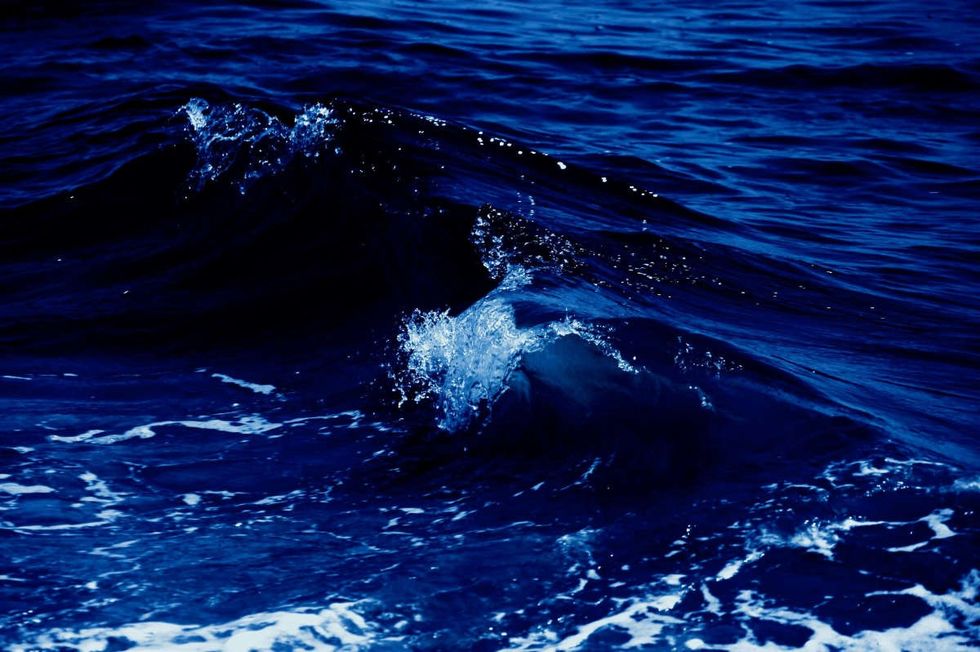
Understanding the newly discovered globule within the Atlantic Ocean will provide some incredible insights to oceanologists about the processes of ocean mixing and other related processes. In the paper, the author noted that these waterholes can act as reservoirs of heat, salt, and dissolved gasses—all of which reflect climate variability. Studying AEW, as well as other oceanic masses, will also help scientists grasp how the mixing process transfers heat and oxygen around the globe.
This article originally appeared 3 months ago.




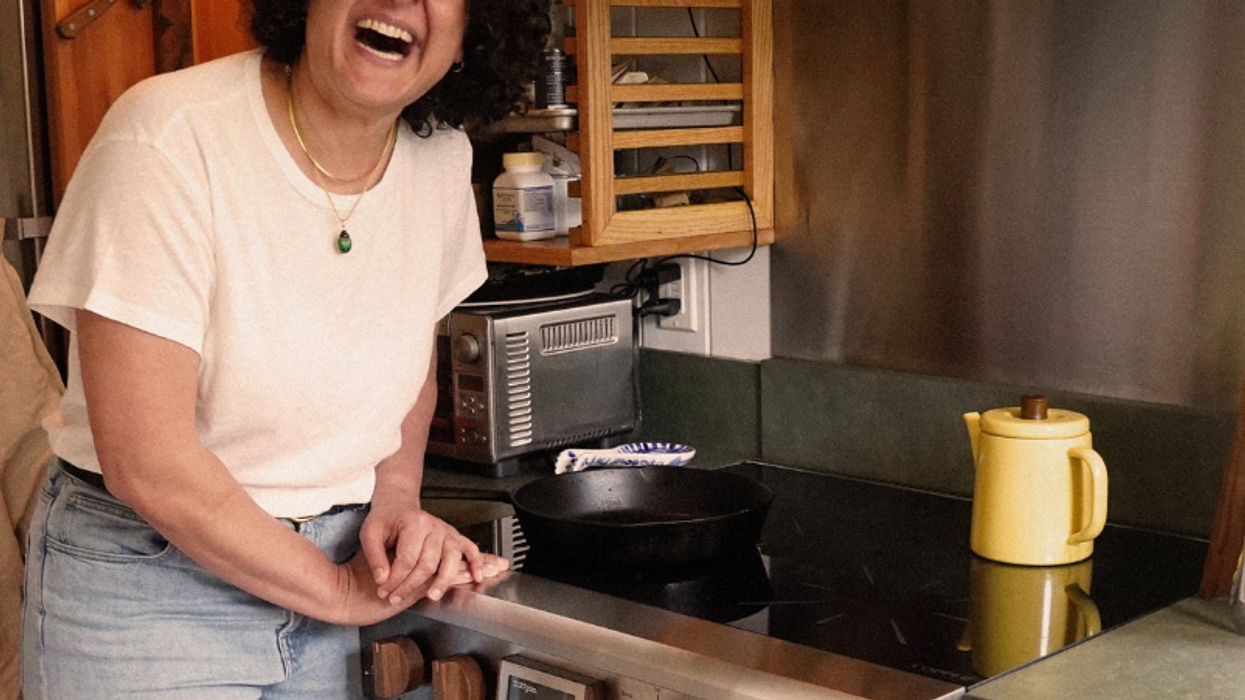








 There are many applications for 3D printing to explore.Photo credit: Canva
There are many applications for 3D printing to explore.Photo credit: Canva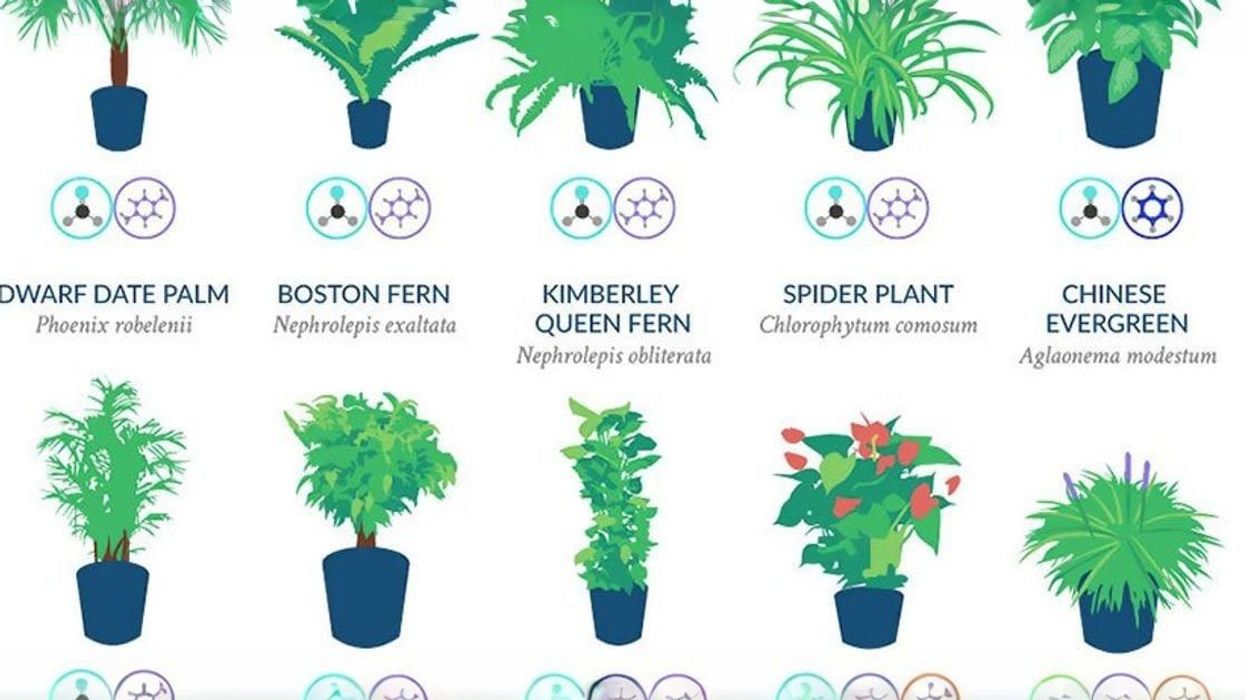
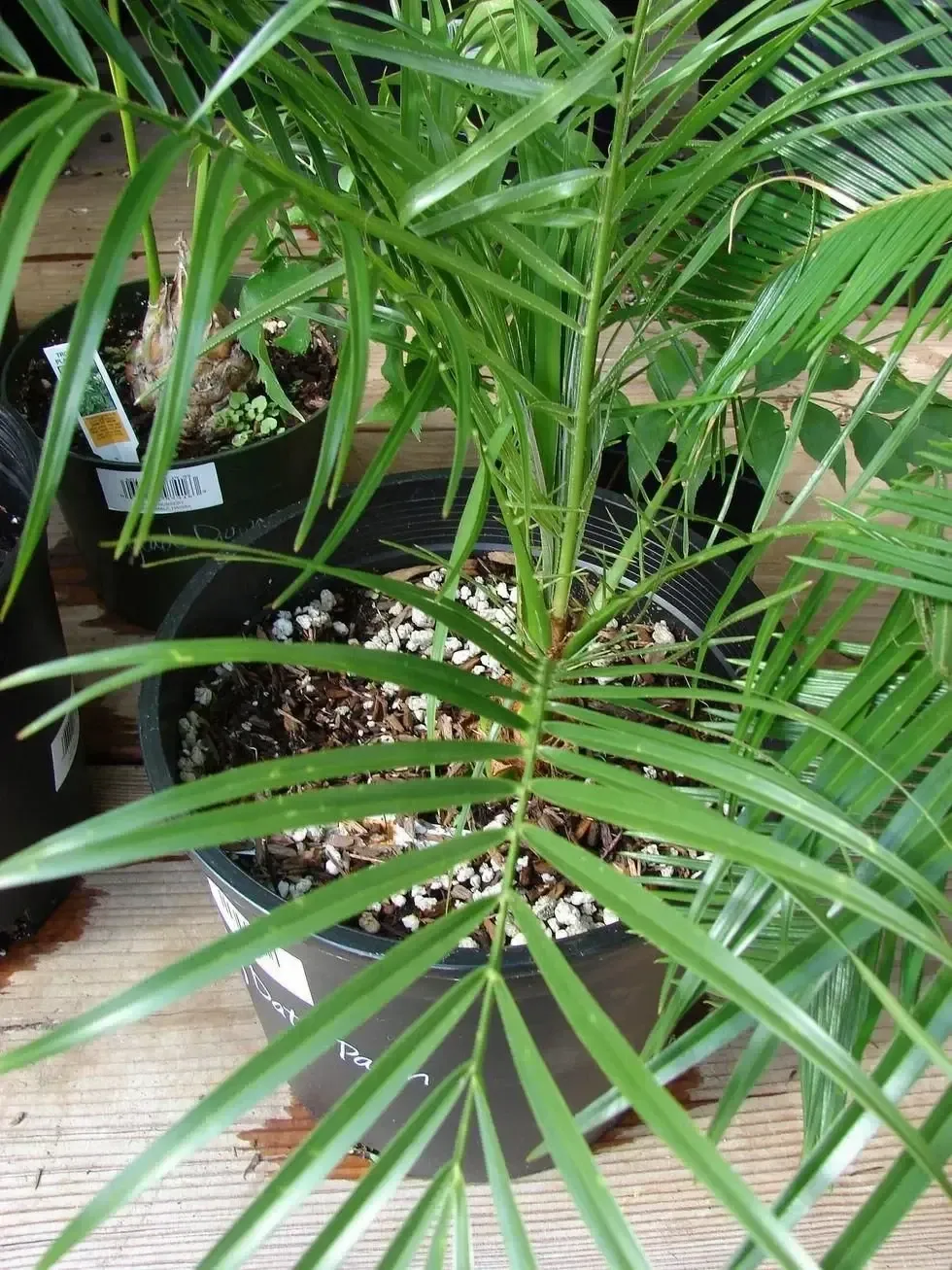


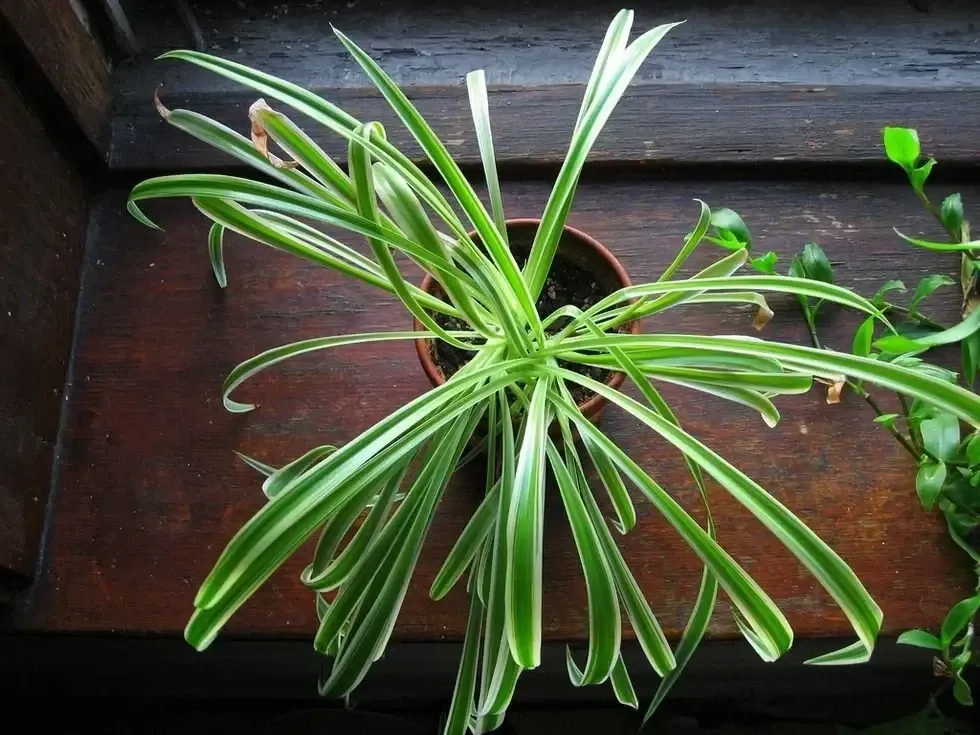
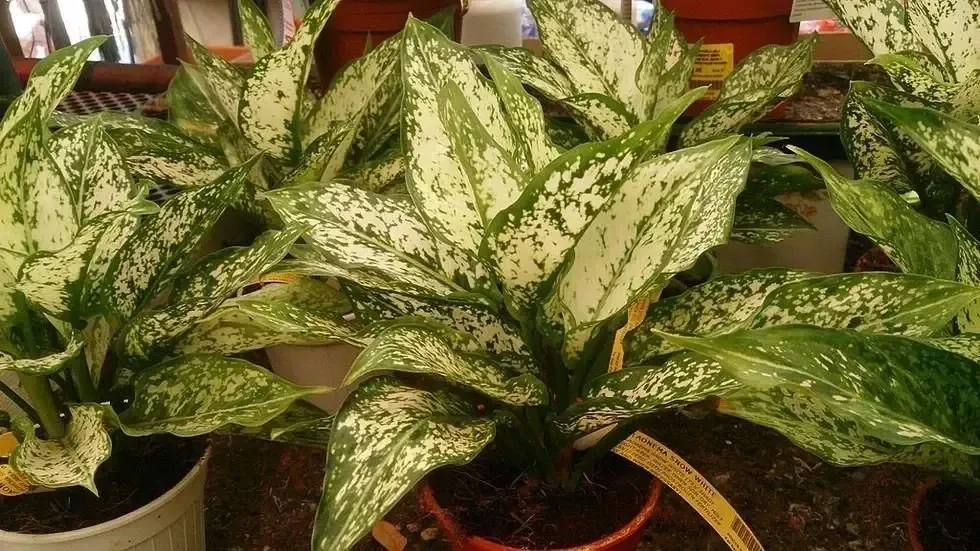

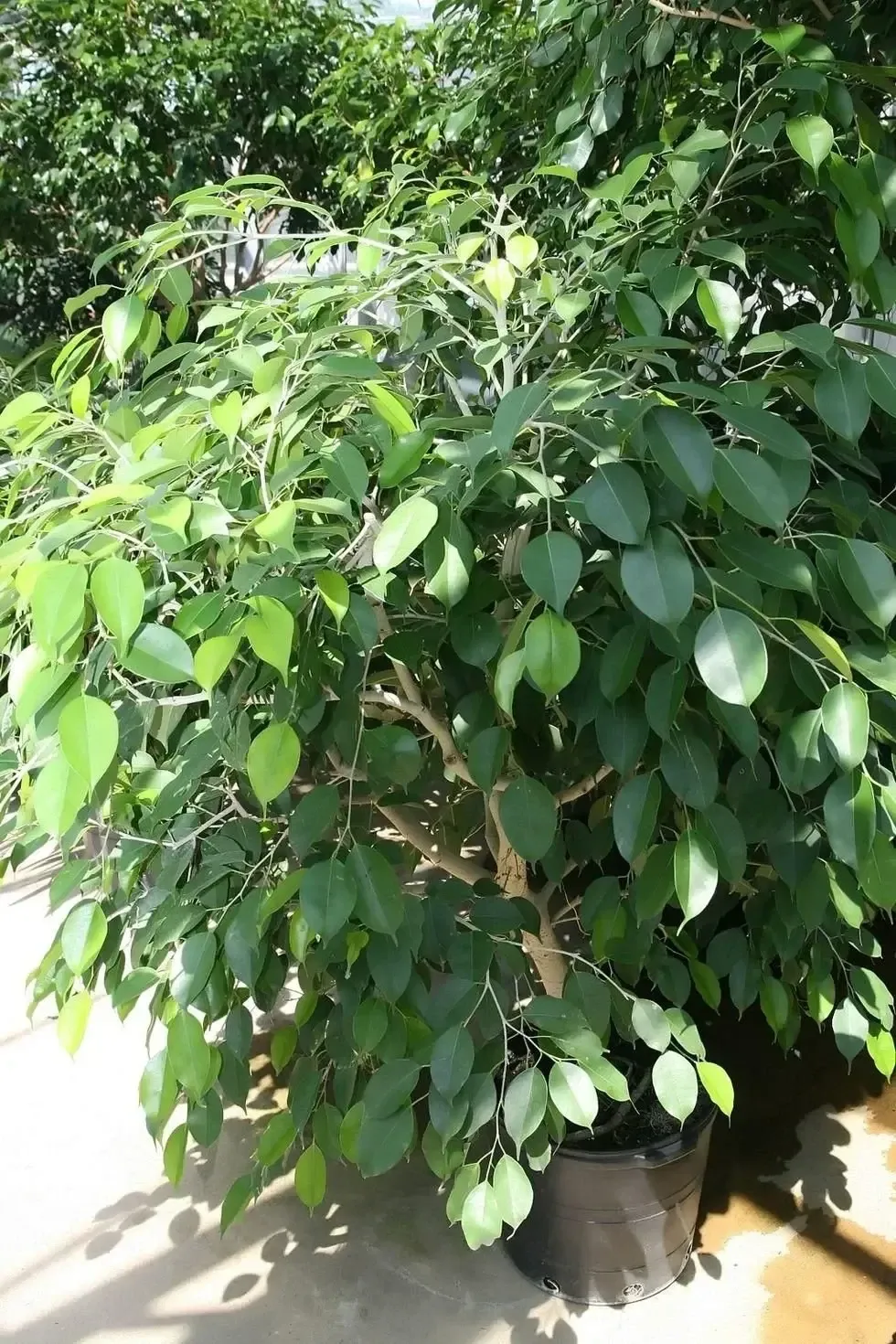





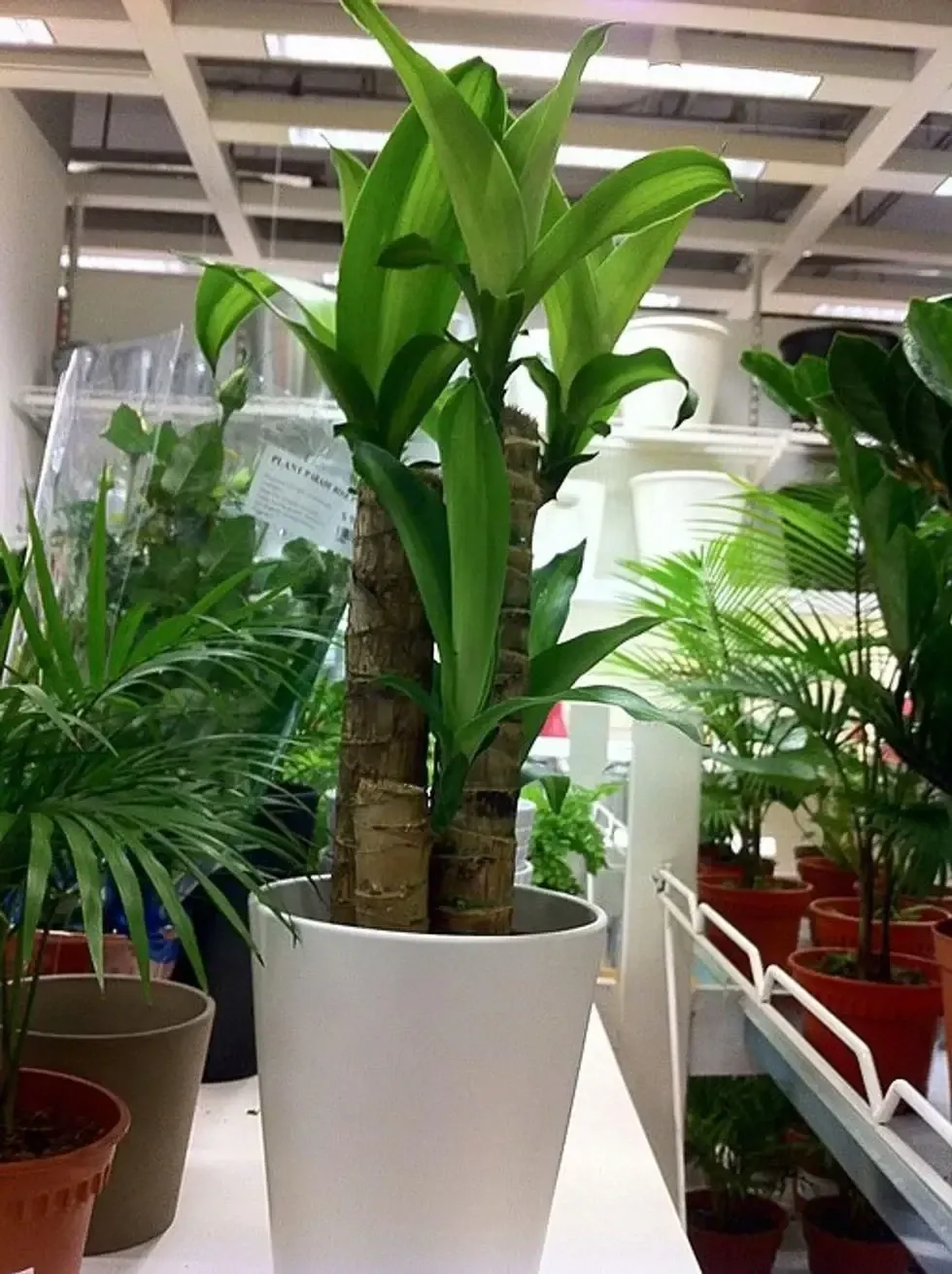


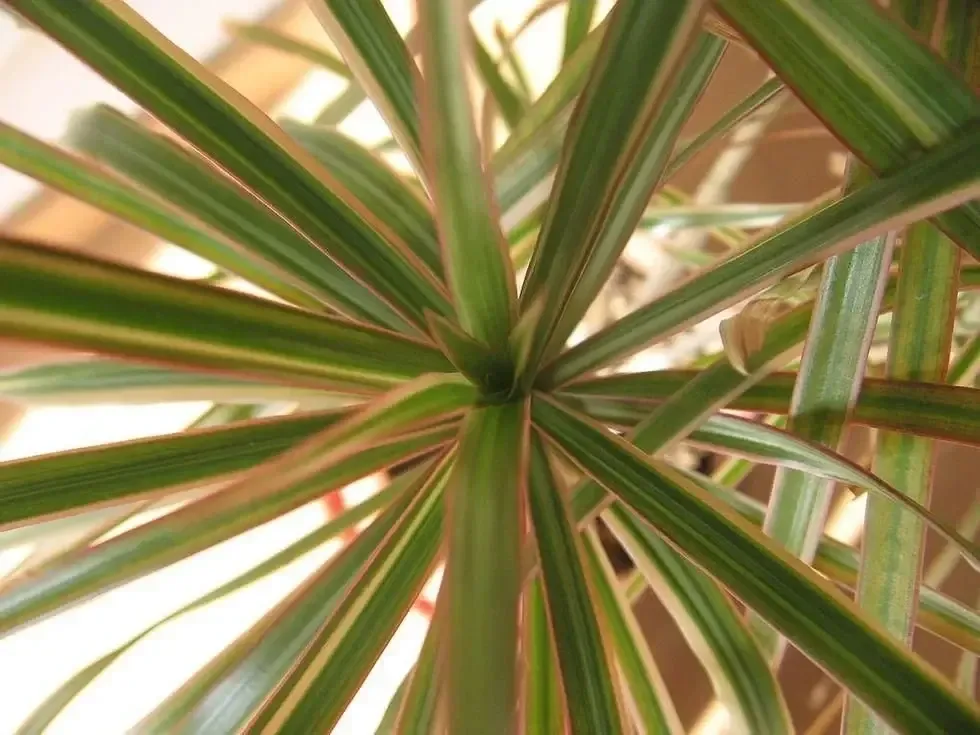



 The types of tea, tea bags, and seeping time impact how much metal can be removed from water.Photo credit: Canva
The types of tea, tea bags, and seeping time impact how much metal can be removed from water.Photo credit: Canva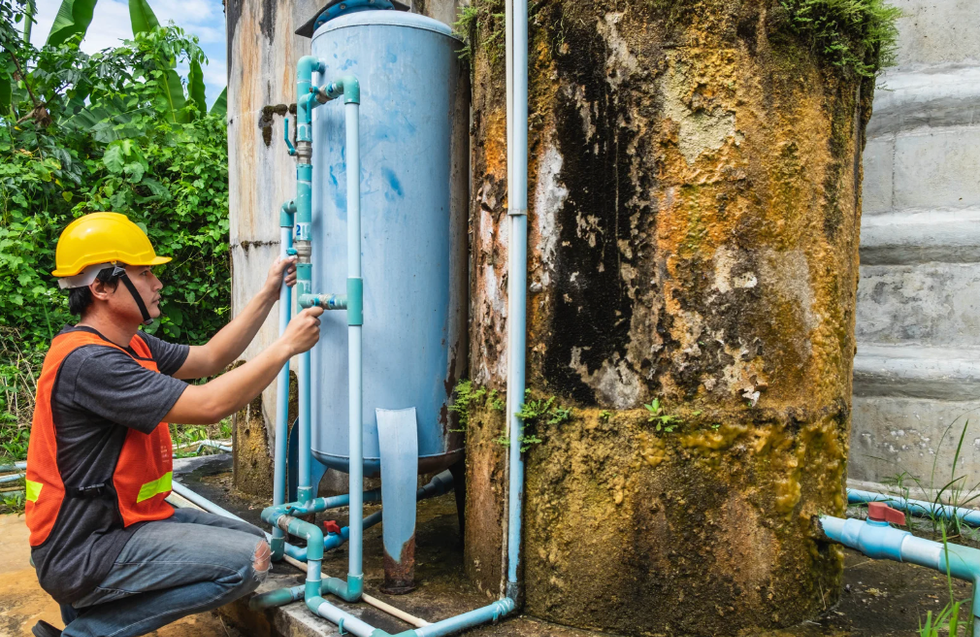 Water filtration is still a need throughout the world.Photo credit: Canva
Water filtration is still a need throughout the world.Photo credit: Canva Tea drinking is a staple in many different cultures throughout the world.Photo credit: Canva
Tea drinking is a staple in many different cultures throughout the world.Photo credit: Canva
 The accused's physical appearance might impact them in court, attractive or not.Photo credit: Canva
The accused's physical appearance might impact them in court, attractive or not.Photo credit: Canva Attractive people tend to get a leg-up on life compared to others.Photo credit: Canva
Attractive people tend to get a leg-up on life compared to others.Photo credit: Canva There are societal pressures to look attractive to succeed, especially towards women.Photo credit: Canva
There are societal pressures to look attractive to succeed, especially towards women.Photo credit: Canva
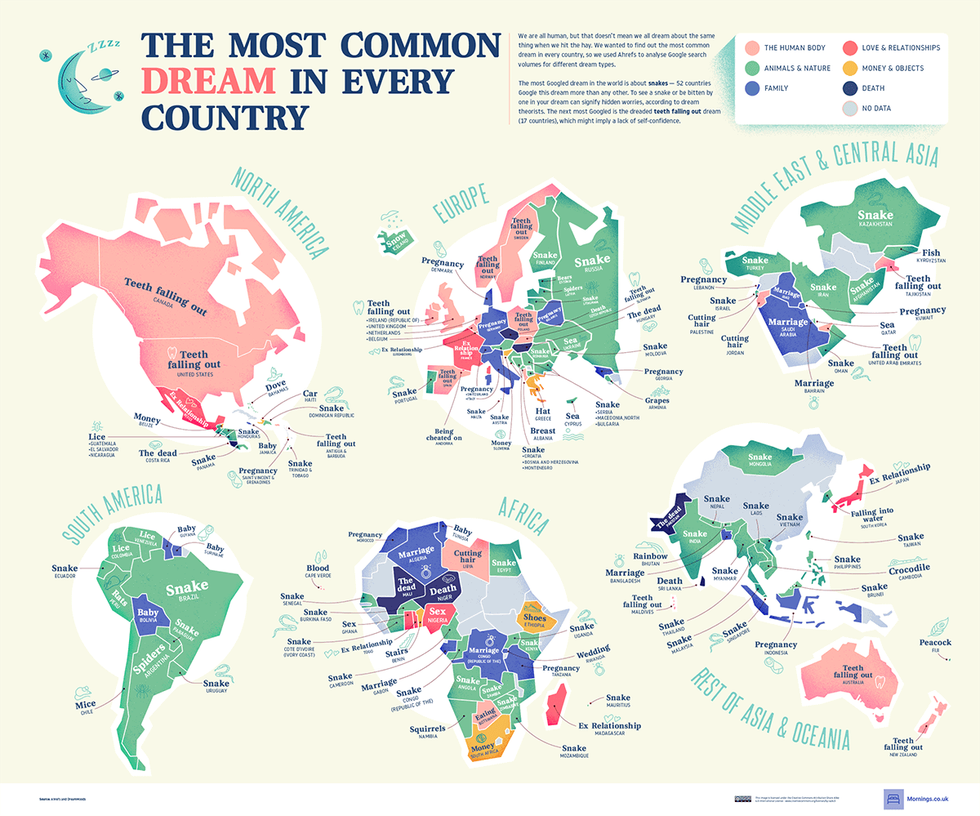 Zomasleep.com
Zomasleep.com Have you dreamt of your teeth falling out?
Have you dreamt of your teeth falling out? Zomasleep.com
Zomasleep.com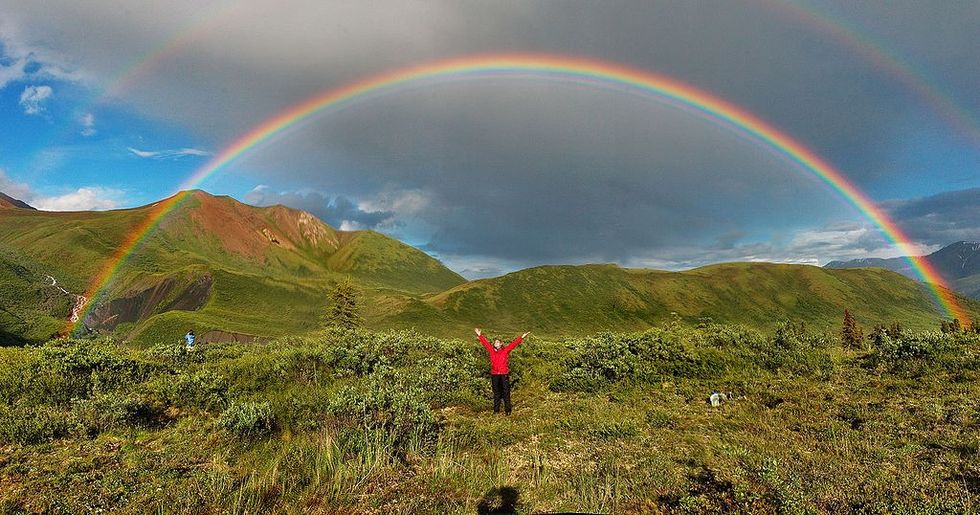 Not sunshine and lollipops, but close!
Not sunshine and lollipops, but close! Breakups are another common dream (or nightmare) for many.
Breakups are another common dream (or nightmare) for many. Birds of a feather dream together?
Birds of a feather dream together? Eastern Yellow-bellied Racer
Eastern Yellow-bellied Racer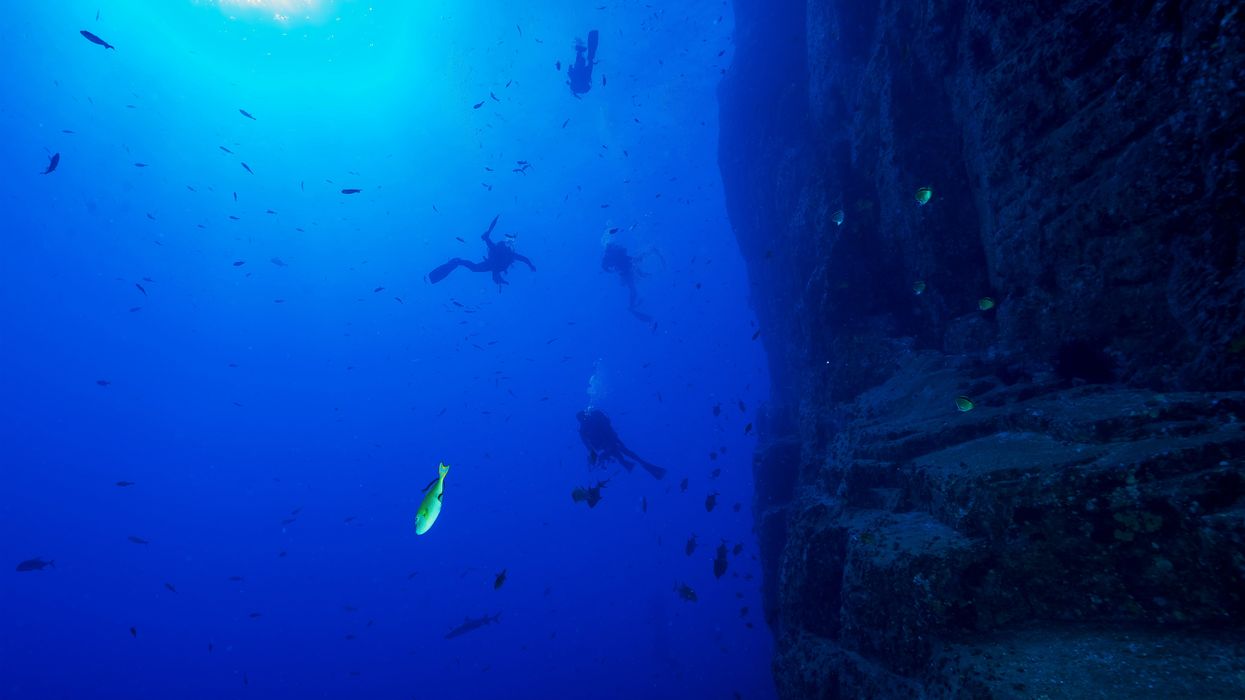

 Stephen Hawking
Stephen Hawking
 Smiling senior man wearing beret sitting in armchair . (Representative image source: Westend61 for Getty Images)
Smiling senior man wearing beret sitting in armchair . (Representative image source: Westend61 for Getty Images) Smiling senior woman looking at husband while dancing in ballroom. (Representative image source: Thomas Barwick for Getty Images)
Smiling senior woman looking at husband while dancing in ballroom. (Representative image source: Thomas Barwick for Getty Images)